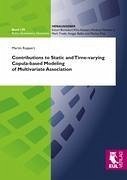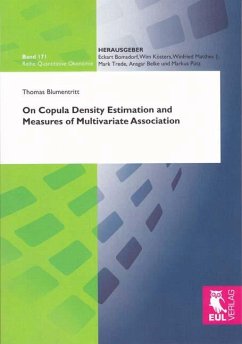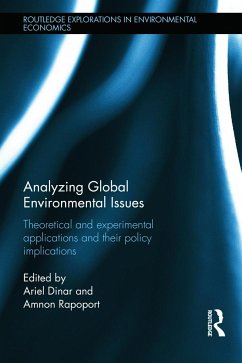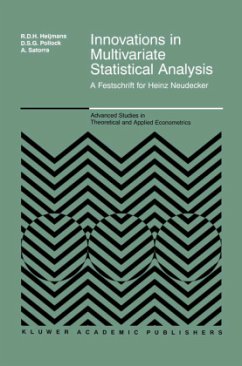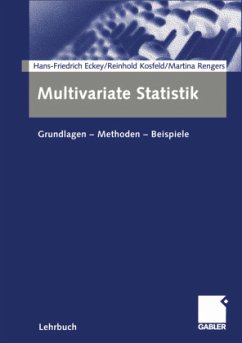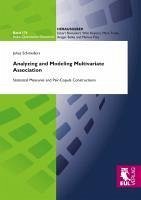
Analyzing and Modeling Multivariate Association
Statistical Measures and Pair-Copula Constructions
Versandkostenfrei!
Versandfertig in 1-2 Wochen
55,00 €
inkl. MwSt.

PAYBACK Punkte
0 °P sammeln!
Many applications in quantitative finance, such as the estimation of the Value-at-Risk of a portfolio, require the modeling of dependencies of a large number of random variables. The most popular approach is Pearson¿s correlation coefficient, which is based on the covariance, i. e. the mixed second moments of the corresponding random variables. However, the correlation coefficient only captures linear dependencies and solely in case of a few distributions, such as the multivariate normal distribution, completely determines the dependence structure. Empirical data, unfortunately, is often non-...
Many applications in quantitative finance, such as the estimation of the Value-at-Risk of a portfolio, require the modeling of dependencies of a large number of random variables. The most popular approach is Pearson¿s correlation coefficient, which is based on the covariance, i. e. the mixed second moments of the corresponding random variables. However, the correlation coefficient only captures linear dependencies and solely in case of a few distributions, such as the multivariate normal distribution, completely determines the dependence structure. Empirical data, unfortunately, is often non-normal and exhibits asymmetric dependence patterns. The multivariate normal distribution, for example, often underestimates the probability of simultaneous extremes, which can lead to incorrect estimates of the risk of a given portfolio. Hence, for many empirical applications, the normal distribution is not suitable. As an alternative concept of dependence modeling, the theory of copulas has drawn a lot of attention in the past decades. Based on this theory, the author introduces a new class of measures of association between random vectors that are invariant with respect to the marginal distribution functions of the considered random vectors and can distinguish between positive and negative association. The second part of the thesis focuses on the modeling of high dimensional dependencies with Pair-copula constructions. To this end, a data-driven sequential estimation method for these models is developed. Empirical applications of these models in Value-at-Risk forecasting and the spatial modeling of meteorological data are given.



